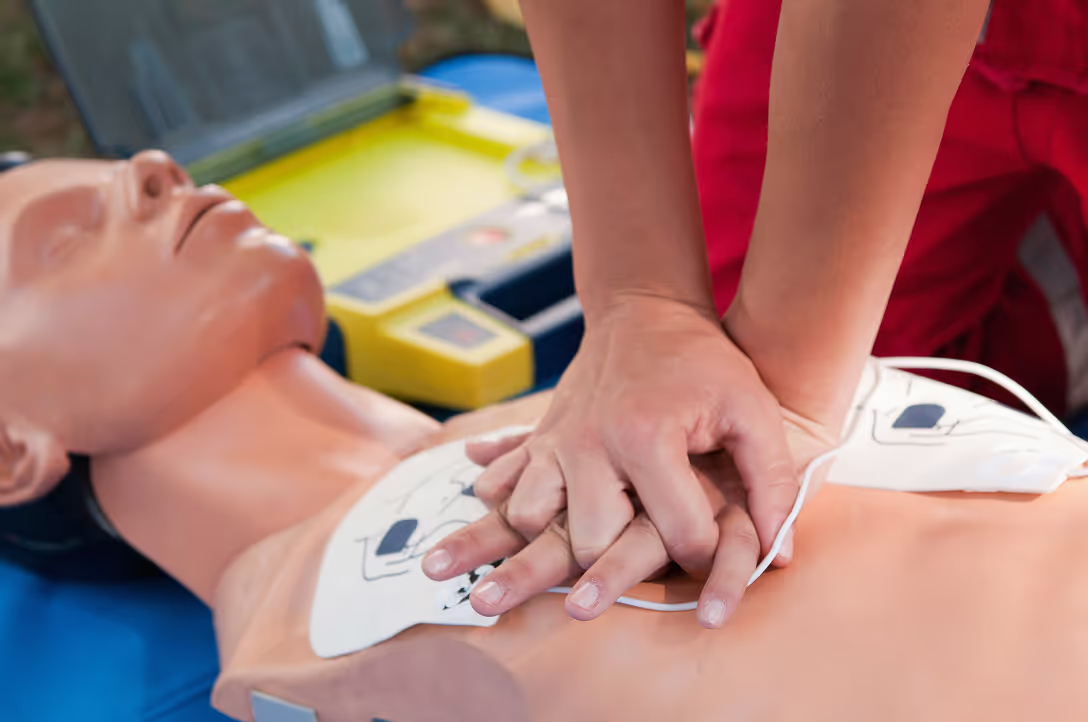Teaching CPR goes far beyond transferring life-saving techniques—it’s about engaging your students, sparking their curiosity, and inspiring them to act decisively in emergencies. At CPR Training Labs, we’ve seen firsthand how effective teaching methods can turn a routine training session into an empowering experience for every participant. Here are seven expert tips from one of our seasoned paramedics and CPR instructors to help you capture and maintain student attention in your classes.
1. Stress the Importance of the Skill
Make sure your students appreciate the true weight of what they’re learning. Emphasize that CPR isn’t just a certification requirement—it’s a crucial skill that can literally be the difference between life and death. Share compelling facts and real-life scenarios that challenge any notion that emergencies won’t affect them. When students truly understand the gravity of the situation, they’re more likely to remain focused and motivated throughout the session.
2. Make the Material Relevant
Connect the training content to your students’ personal lives and professional environments. Explain that emergencies can happen anywhere at any time, and their ability to respond effectively can have a direct impact on their loved ones and colleagues. Use relatable examples—such as incidents involving local community members or personal anecdotes from your own experiences—to bring the concepts to life.
3. Tailor Your Teaching to Your Audience
Recognize that not all student groups are the same. Adapt your lesson plans based on their roles, experience levels, and the environment in which they work. Beginners may need more time on the fundamentals—like why CPR works and how proper compressions circulate oxygen—while more experienced professionals might benefit from a discussion on the latest updates in resuscitation guidelines. Customizing your approach ensures that each student receives the instruction they need.
4. Encourage Open Dialogue
Don’t just lecture—engage your students with open-ended questions that prompt discussion and critical thinking. Ask them to summarize key points in their own words or describe how they might react in a real-world scenario. This method not only breaks up the monotony of a traditional lecture but also reinforces their learning, ensuring that they digest and retain the material.
5. Spark Their Curiosity
A classroom that encourages questions is a classroom that stays engaged. Invite your students to ask questions—even if they seem off-topic—as this can stimulate deeper discussion and reflection. Utilize techniques like anonymous question cards or a dedicated Q&A pause to let everyone feel comfortable and involved. When curiosity is encouraged, learning becomes a dynamic process.
6. Incorporate Movement and Interaction
Long, static lectures can lead to disengagement. Build in opportunities for movement—whether it’s a quick break to practice skills on manikins, forming small discussion groups, or role-playing emergency scenarios. Regular breaks and interactive sessions help maintain high energy levels and ensure that students remain attentive throughout the course.
7. Establish Your Authority with Confidence
As an instructor, your confidence and passion for CPR training set the tone for the whole class. Be clear, firm, and engaging—if disruptions arise, address them promptly and professionally. Ensure that every student understands that the training is critical not only for their certification but also for their potential to save lives. Standing your ground when needed helps maintain a respectful and focused learning environment.
By integrating these seven expert tips, you’ll create a more interactive, focused, and effective CPR class that not only meets certification standards but also prepares your students to act decisively during emergencies. At CPR Training Labs, we believe that every training session is an opportunity to save lives—and with the right approach, you can make sure your students are fully engaged, confident, and ready to make a difference.








